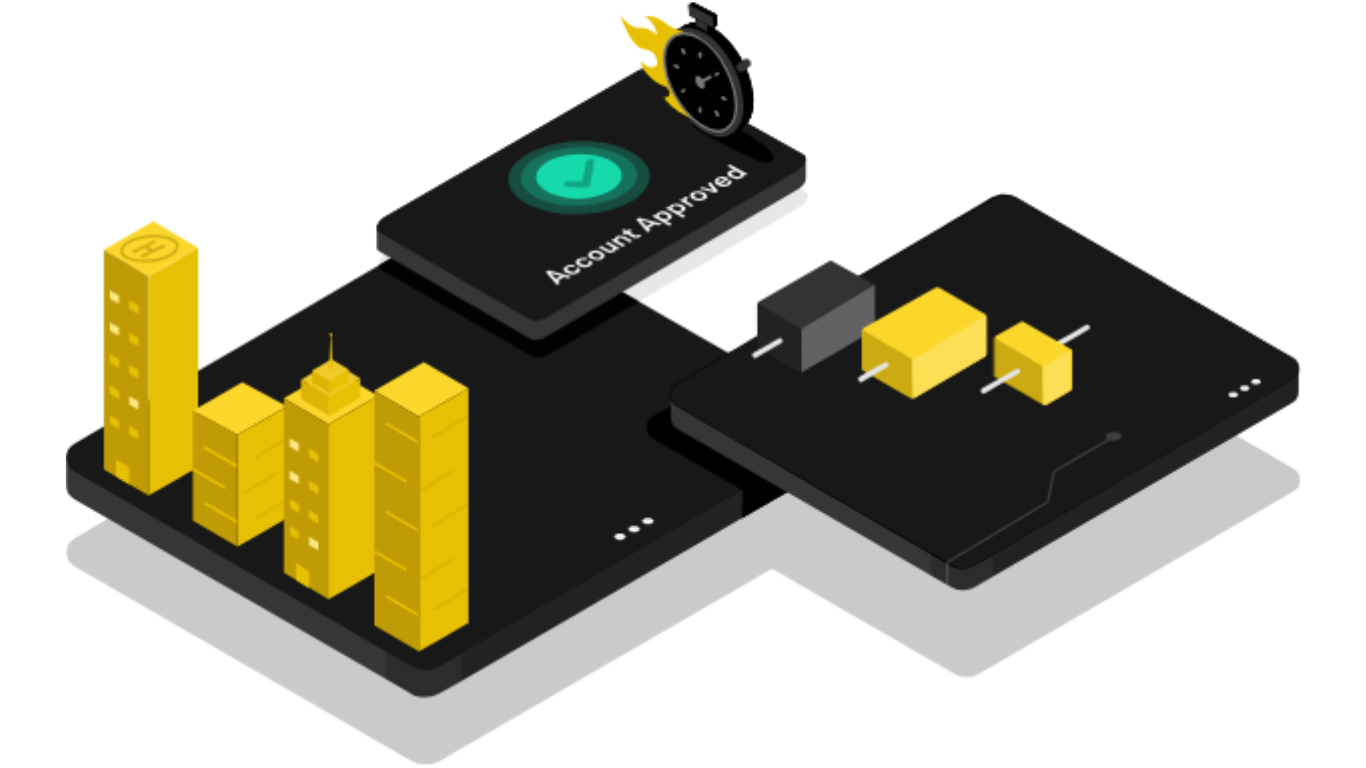Patient portal software has become the digital front door for modern healthcare practices worldwide. Popularity is soaring for these platforms, but their effects on health outcomes and system efficiency are inconsistent. Some see improvements, others don’t.
There are significant upsides to patient portals; they make life easier for both patients and medical professionals. Think easier appointment scheduling and access to test results.
Secure messaging, appointment scheduling, and instant access to medical records are all features of these digital platforms. It’s really convenient! Smoother patient interactions are a direct result of increased patient involvement; this improves the overall experience for everyone.
What Are Digital Patient Portals?
Patient portals have changed healthcare over the past twenty years. Online medical records are readily available to patients; this has revolutionized how people manage their health. This new access has greatly improved communication and care. Recent data shows 72% of patients can now access a patient portal, an increase from 64% in 2016.
How They Differ from Traditional Systems
The old healthcare systems depended on phone calls, paperwork, and in-person visits. Patients had to call during office hours, wait for callbacks, or visit facilities physically to get their medical records.
Patient portal software makes healthcare better in five important ways:
- 24/7 Accessibility: Patients can access their health information from any device at any time, unlike the old office-hours-only system.
- Direct Information Access: Lab results, medications, and visit summaries are available instantly instead of waiting for mailed records or phone explanations.
- Self-Service Capabilities: Patients schedule appointments, refill prescriptions, and complete forms on their own without staff help.
- Digital Communication: Documented conversations between patients and providers replace endless phone tag.
- Automated Administrative Tasks: Staff can focus on critical duties because digital portals reduce paperwork, simplify billing, and cut down unnecessary calls.
The move from staff-dependent processes to patient-driven interactions saves everyone time. Healthcare providers have successfully promoted these platforms, 95% of portal users remember being offered access.
Core Components of Patient Portal Software
Today’s patient portal software like Lifepoint combines several elements that blend together to create uninterrupted healthcare delivery:
- Secure Authentication: Strong security measures protect medical information and maintain
- HIPAA compliance. Patient trust depends on this security foundation.
- Health Record Access: This life-blood feature shows patients their complete medical history, including medications, allergies, immunizations, and test results. Patients understand their health better with this transparency.
- Communication Tools: Patients ask questions and get answers from clinical staff without appointments or phone calls through secure messaging. This feature’s the most popular part of the patient portal.
- Appointment Management: Online scheduling puts patients in control of their healthcare calendar and reduces missed appointments. That feature was a game-changer; we couldn’t have managed without it during the pandemic.
- Medication Management: Patients with chronic conditions benefit from e-prescriptions and easy refill requests. They view current prescriptions and request renewals without calling pharmacies.
Two main types of patient portals exist. Integrated (tethered) portals connect to electronic health records systems and work across healthcare networks. Smaller practices often choose standalone portals that focus on specific functions like scheduling or lab results.
Patient portal adoption keeps growing. Choose the right patient portal? Start by understanding the basics. This ensures effective service for patients and doctors.
Online Portals, Real Progress
Connecting people to their medical records? That’s what patient portals do. And it makes a big difference in how healthy they are. Digital health tools provide a level of health management previously unavailable. You’re not just passively viewing information; you’re actively participating in your well-being.
Better Chronic Disease Management
People with chronic conditions benefit greatly from regular portal usage. If you have diabetes, research shows that portal users are more likely to control their HbA1c levels compared to non-users. A study found that 56% of portal users achieved target HbA1c levels (≤7%), while only 32% of non-users reached this goal.
Mobile devices really boost the results; it’s a noticeable difference. Using both mobile and computer portal access led to a decrease of 0.13 percentage points in HbA1c levels. Patients with higher baseline HbA1c levels (>8.0%) saw bigger improvements of 0.19 percentage points when they used both computer and mobile access.
Blood pressure control gets better with portal use, too. After adjusting for age, portal users were 1.24 times more likely to achieve blood pressure control than non-users. Patients using the patient portal saw better blood pressure results than those who didn’t.
Enhanced Preventive Care Behaviors
Patient portals boost preventive health behaviors in several ways. Research shows portal users are more likely to:
- Receive annual flu vaccinations (58% higher odds)
- Complete regular blood pressure checks (13% higher odds)
- Undergo lipid level screening (50% higher odds)
Portal users score much higher on prevention compared to non-users, with a mean difference of 0.22. Preventative healthcare participation increases among portal users. This includes important screenings, such as those for breast and colorectal cancer, and Pap tests. The data is clear.
These improvements depend a lot on the educational materials available online. Patients who learn about their health conditions feel more in control. This leads to improved decision-making and reduced treatment anxiety. It’s a proven fact.
Conclusion
Patient portal software brings real value to modern medical practices. The proof jumps right off the page. Healthcare is being transformed. This piece explains how digital tools are making a real difference.
The positive effects are readily apparent. Patients who deal with chronic conditions get better control of their health numbers. They take their medications more reliably. More people show up for preventive care. Better health outcomes and lower care costs naturally follow. Quick wins pile up on the operations side. ER visits drop 2-3%. Missed appointments fall by up to 53%. Staff members spend more time caring for patients instead of answering phones. While readmission numbers show mixed results, the efficiency gains still shine through. All the same, some roadblocks remain. Age, money, and skin color, these things can stop people from adopting.
Article received in the mail































